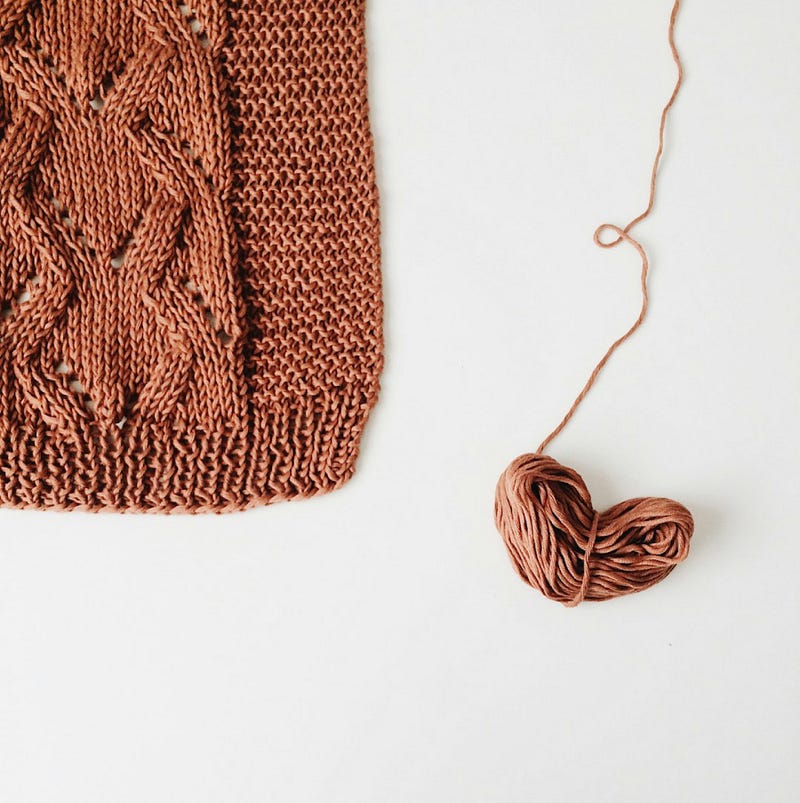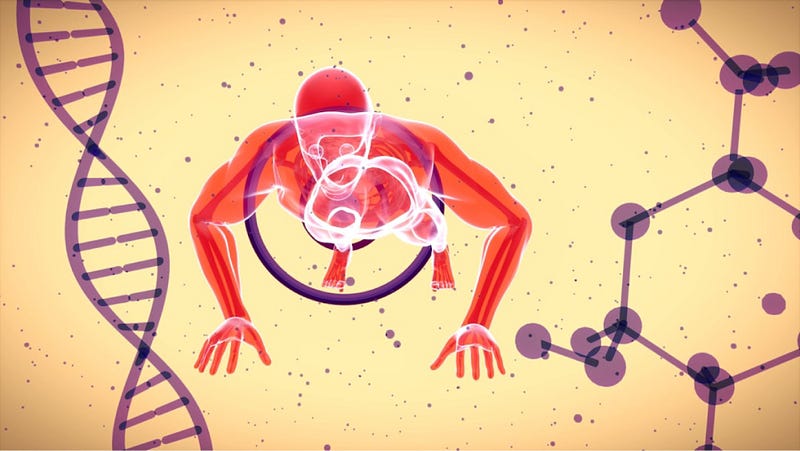
Listen, I’m a clean bulk kind of guy. I worship those months of calculated overeating and the relentless assault on the iron.
There’s a twisted satisfaction in watching the scale creep up and your body morph into a powerhouse.
But even I have to admit, come spring, when it’s time to shed the winter insulation and reveal that chiseled physique… that transition is pure magic.
The cutting season is my aesthetic obsession.
Whether you’re a seasoned lifter or a gym newbie on a mission to transform, understanding the dance between bulking and cutting is your key to unlocking that dream body.
This isn’t just about aesthetics; it’s about science, strategy, and a heck of a lot of dedication.
So, let’s dive in, shall we?

The Science of Bulkin’: Buildin’ the Beast
Think of your body like a construction site with muscle as your bricks. To build a bigger structure, you need surplus materials, right?
Same goes for your muscles. A calorie surplus, meaning you eat slightly more than your body needs, is the cornerstone of bulking.
This gives you the fuel to grow.
But listen up, it’s not about devouring every pizza in sight.
We’re talking clean bulking here. This means prioritizing protein, the superstar of muscle building.
Think lean meats, fish, eggs, dairy, legumes — these are your muscle-making weapons.
Complex carbohydrates, like whole grains and sweet potatoes, provide sustained energy to power through grueling workouts.
And good fats — avocados, nuts, olive oil — they’re essential for hormone production and overall health.
Of course, lifting heavy weights is non-negotiable.
Compound exercises — your squats, deadlifts, bench presses, and rows — they hit multiple muscle groups, maximizing growth potential.
The name of the game is progressive overload:
always trying to lift a little more, do a few more reps, challenge those muscles. And never forget — rest and recovery are just as important as the training itself.

The Science of Cuttin’: Reveal the Masterpiece
Now, there comes a time when the beast must be tamed. Shifting to a calorie deficit, meaning eating slightly less than your body needs, is how you tell it to tap into stored energy — goodbye fluff, hello definition!
Cutting is where you meticulously sculpt the physique you’ve built.
Protein becomes your lifeline during this phase. It keeps you feeling full and, most importantly, protects your hard-earned muscle from being used for fuel.
Fill your plate with low-calorie, nutrient-dense choices — vegetables, fruits, and lean protein reign supreme.
Junk food? Sugary drinks?
Those are your sworn enemies now.
Cardio becomes your fat-burning ally.
HIIT (High-Intensity Interval Training) blasts calories in short bursts, but consistent steady-state cardio has its place, too.
And don’t neglect those weights! While cutting, focus on maintaining your strength and muscle mass.

Makin’ the Meals: Fuelin’ Your Goals
Let’s get practical. What does a bulk or cut actually look like on your plate?
Bulking Breakfast: Oatmeal with protein powder, berries, and a handful of nuts. Because gains begin in the morning.
Cutting Lunch:
Big leafy salad with grilled chicken or fish, some quinoa, and a light vinaigrette. Satisfying and shred-friendly.
Anytime Snack:
Greek yogurt with a scoop of protein = muscle-building magic.
Tweak, adjust, experiment — these are starting points.
Get creative within the clean eating framework!

The Workout Factor: Adapt to Conquer
Bulking workouts are high volume, focusing on pushing heavy weights.
You’re going for that satisfying muscle pump, tearing down fibers to rebuild them bigger and stronger.
Cutting workouts maintain that resistance training to say “hands off!” to your muscle.
Short, intense cardio sessions optimize fat burning.
But be mindful, when calories are low, recovery takes longer — listen to your body.

The Transition Tango: Ease Your Way
Moving between bulking and cutting is an art.
Do it abruptly, and you risk losing muscle or sabotaging your metabolism.
Small, gradual adjustments to your calories and macros are key.
Track your progress, weigh yourself, take measurements, and adjust accordingly. Fitness is not a rigid formula; it’s you, in constant conversation with your body.
Let’s be real; bulking and cutting aren’t easy. There are days when those extra calories feel like a challenge.
Some workouts leave you a sweaty, trembling mess. And when the cutting phase makes you hangry (hungry + angry), it’s enough to make you want to hurl a dumbbell through a window.
But here’s the thing: that’s where the true transformation happens.
It’s in those moments of pushing through that you build not just muscle, but mental fortitude.
The gym doesn’t just change your physique; it changes your mindset.
Remember, this is a journey, not a sprint. There will be setbacks: a missed workout, an indulgent weekend. Don’t beat yourself up. Just refocus, get back on track, and celebrate the small victories along the way — an extra rep, a cleaner meal, a smaller notch on your belt.
And find your tribe. A supportive workout buddy, an online community, or a knowledgeable trainer — having people in your corner can make all the difference in staying motivated and accountable.

The Champion’s Mindset
Whether you’re carefully adding those extra pounds or relentlessly chiseling away fat, the principles remain the same: discipline, consistency, and an unwavering belief in yourself.
The scale, the mirror, your clothes — they’re all tools to measure progress, but none of them can quantify the transformation happening within you.
There’s power in knowing that you’re in control. That every bite, every rep is a conscious choice toward your greatest version. And yeah, the feeling of seeing those abs pop or filling out your sleeves — damn, that’s addictive!
But more than the aesthetics, it’s the sense of mastery you gain.
The knowledge that if you can sculpt your body, you can sculpt your life.
So, my fellow lifters, embrace the bulk. Revel in the cut. Understand the science, respect the process, and celebrate the strength you discover — both inside and out.
Because in the game of fitness, like in life, the ultimate victory is becoming the best possible version of yourself.

















